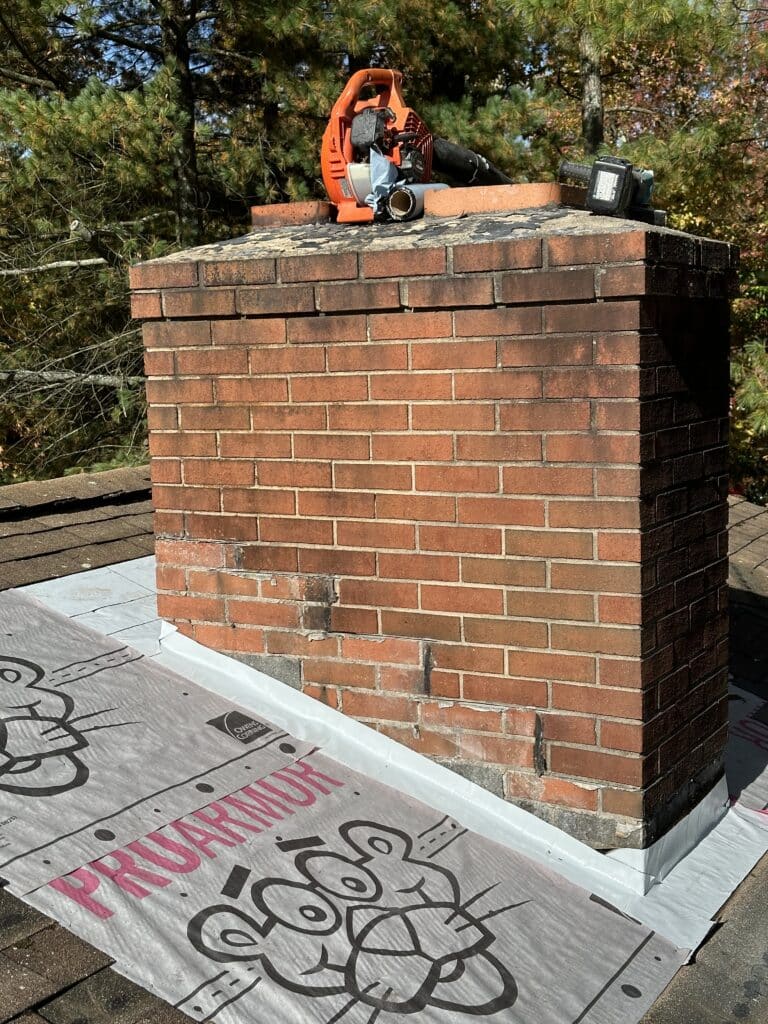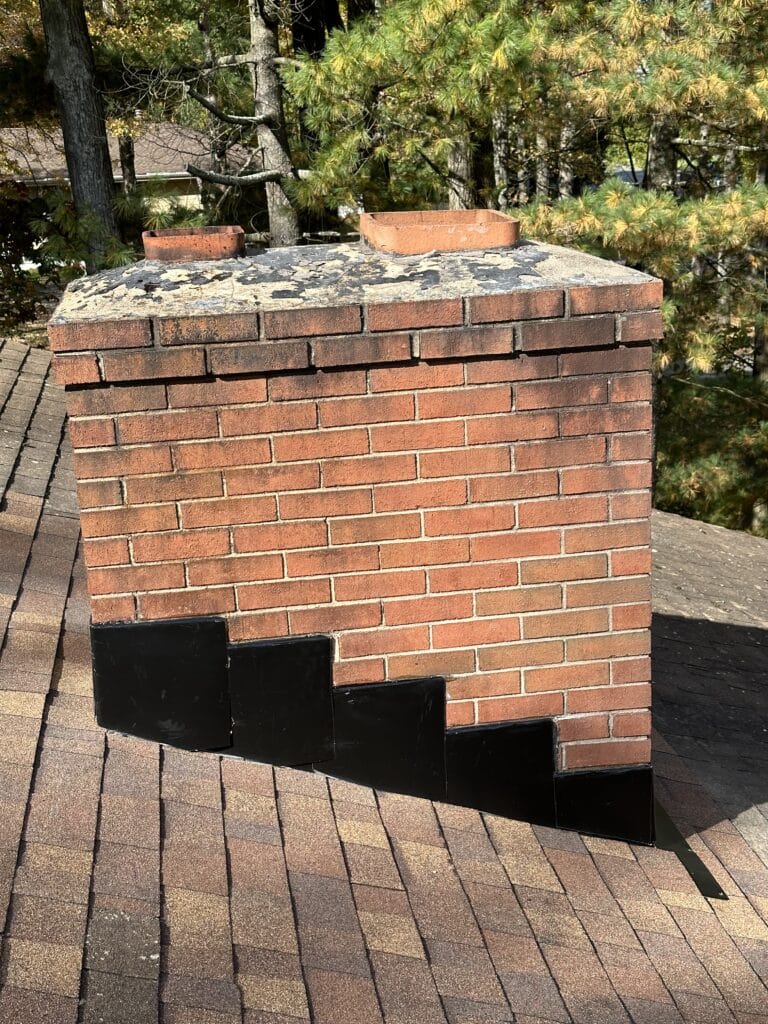Ultimate Guide Roof Flashing- Protect Your New Jersey Home

What is Roof Flashing and Why is it Important?
Roof flashing might not be the first thing you think of when it comes to roof maintenance, but it plays a pivotal role in keeping your dwelling water-tight. This unsung hero is basically a thin material, typically metal, installed at critical points of your roof to direct water away from the structure. Without proper flashing, water ingress could spell disaster, leading to costly damages within your home.
It’s essentially the ‘seal’ that bridges gaps between your roof and features like chimneys, vent pipes, and dormer windows, preventing water from sneaking into your home. Given its importance, understanding roof flashing is crucial for every homeowner.
Types of Roof Flashing and Their Applications
Various flashing types suit different parts of your roof structure. For instance, drip edges are installed along the edges to ward off water, while apron flashing is crucial for sealing around dormers and windows. Then there’s step flashing, which integrates into the roof’s shingles and is essential around chimneys.

Valley flashing protects the areas where two roof planes meet, guiding water safely away. Each type of flashing materials has a specific role, but all share the same goal: keeping water out.
Common Signs of Roof Flashing Damage
Spotting damage early can save you from hefty roof repair bills. Key indicators include visible rust or corrosion, cracks, and any signs of water damage inside your home, like mold or damp spots on the ceiling. If roofing shingles around the flashing look disturbed or there are leaks during rainstorms, it’s time to inspect your roof flashing.
DIY Roof Flashing Repair vs. Professional Services
Tackling roof flashing repairs can be tempting for the DIY enthusiast. Simple tasks like re-sealing flashing joints might be manageable, but for replacing or installing new flashing, professional expertise is often best. The risk of improper flashing installation can lead to greater issues down the line, including significant water damage.
Professional roofers not only have the right tools but also the experience to spot potential roofing issues you might miss. When it comes to protecting your home from water damage, cutting corners on roof work can end up costing more in the long run.
Maintaining Your Roof Flashing to Prevent Water Damage
Regular roofing maintenance is key to extending the life of your roof flashing and, by extension, your roof. This includes periodic roof inspections, especially after severe weather, to identify and address any issues promptly.
Cleaning debris from your roof and ensuring nearby branches are trimmed can also prevent damage. Addressing small problems early prevents them from becoming major concerns, safeguarding your home from the dreaded consequences of water intrusion.

Ensuring your roof flashing is in top condition is more than just a maintenance task; it’s an investment in the longevity of your home. Remember, effective roof flashing acts as a barrier, protecting your sanctuary from water damage, saving you not just from potential flashing repairs but from the headache of dealing with roof leaks and mold. Vigilance and care in maintaining your roof are paramount to keeping your home dry and secure.

